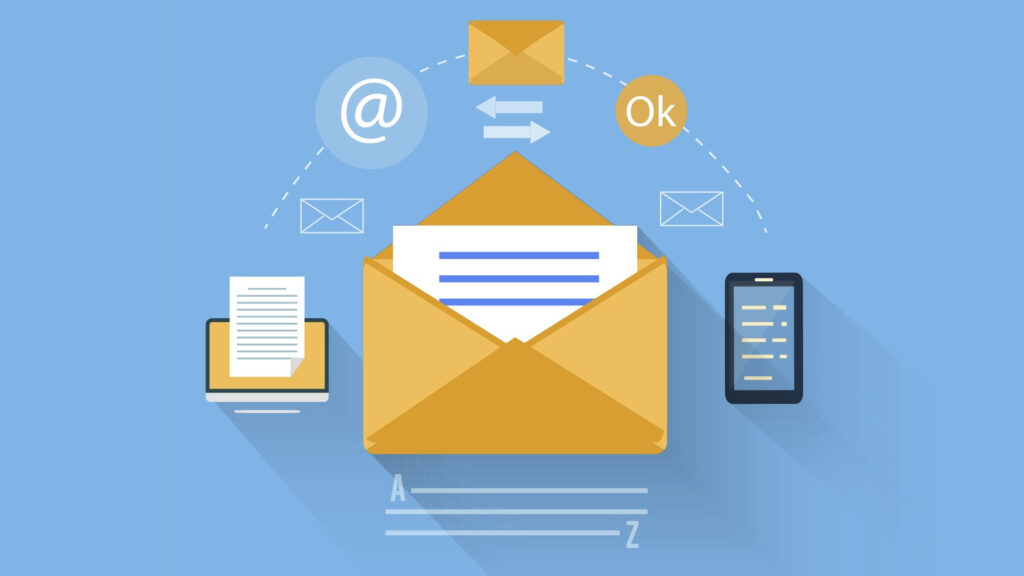Email marketing continues to be one of the most powerful tools for engaging customers and increasing conversions. However, with inboxes flooded daily, it’s essential to adopt best practices that not only capture attention but also maintain long-term engagement.

1. Personalization and Segmentation
- Divide your audience according to their behavior, demographics, or purchasing history. This allows you to send more relevant content to specific groups, improving open and click-through rates.
- Personalize emails with the recipient’s name, product recommendations, or location-specific content to make emails feel more tailored.
2. Compelling Subject Lines
- Keep subject lines short and engaging (50 characters or less).
- Use action-oriented language, asking questions, creating curiosity, or offering a sense of urgency (e.g., “Last chance for 20% off!”).
3. Mobile Optimization
- Ensure your emails are mobile-friendly since a significant percentage of emails are opened on mobile devices.
- Use responsive designs that adjust automatically to different screen sizes, and keep font sizes readable on small screens.
4. Clear Call-to-Action (CTA)
- Every email should have a clear, singular call-to-action, whether it’s to visit your website, read a blog post, or make a purchase.
- Use buttons with clear, action-driven text such as “Browse Products,” “Discover More,” or “Start Now.”
5. Engaging Content and Design
- Create content that is concise and scannable with clear headings, short paragraphs, and bullet points.
- Incorporate images and videos to make your emails visually appealing, but ensure they don’t slow down loading times.
6. Email Timing and Frequency
- Send at the right time, based on data about when your audience is most likely to engage. This often varies by industry and location.
- Avoid overwhelming subscribers by bombarding them with emails. Find the sweet spot in terms of frequency based on engagement analytics.
7. Automation and Triggers
- Use automation for welcome sequences, abandoned cart reminders, birthday emails, and post-purchase follow-ups.
- Set up triggered emails based on user actions or inactions, such as downloads, purchases, or inactivity.
8. A/B Testing
- Regularly A/B test elements like subject lines, CTA placement, design layout, and content to understand what performs best.
9. Analytics and Performance Tracking
- Regularly review key metrics like open rates, click-through rates, and conversion rates to understand what is working.
- Use UTM parameters to track the effectiveness of emails in Google Analytics or other tracking tools, helping you measure success beyond email engagement.
10. Comply with Legal Standards
- Ensure compliance with GDPR, CAN-SPAM, or other local laws by obtaining permission to email subscribers and including an opt-out option.
- Avoid spammy practices like misleading subject lines or excessive promotional content.
11. Re-engagement Campaigns
- Target inactive subscribers with re-engagement emails. Offer special deals, personalized messages, or reminders of what they’re missing.
- If they remain inactive, consider a final “Goodbye” email to either win them back or clean your list.
CONCLUSION
To boost engagement in email marketing, it is essential to focus on personalization, segmenting your audience based on preferences and behaviors to deliver relevant content. Craft compelling subject lines that encourage opens, and ensure emails are mobile-friendly. Consistent testing and optimizing send times, content, and calls to action can further enhance results. Lastly, nurturing relationships through value-driven content and clear, concise communication builds trust and encourages long-term engagement.


Leave a Reply